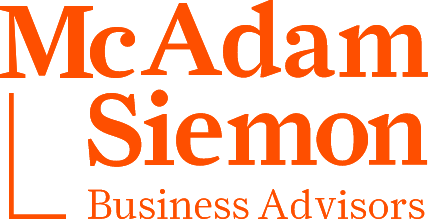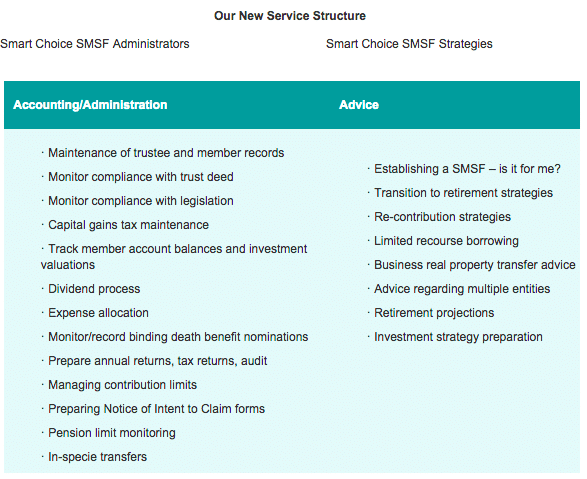Two things first up: (1) If you want to (or have to) work past the age of 55, you need to read this article; or (2) If you know someone else who that applies to, please forward them this article or a link to it.
They’ll thank you for it.
There are now ways you can ease into retirement, tap into your super before you fully retire, save tax and potentially boost your super as you do it.
Before this legislation came in, people had to fully retire and leave the workforce before they could access their super. These days, the ‘cold turkey’ approach to retirement where all of a sudden one Monday you’re fully retired, is far less common.
It makes sense, for many, to instead gradually transition to retirement.
There are various reasons people may want to continue working past the age of 55, including:
- Many of us actually enjoy our work including the social and mental stimulation and don’t want to take up travelling, lawn bowls or the fully retired lifestyle just yet;
- Others want to avoid the shock to the system of full retirement and prefer to gradually reduce their working hours so they can adjust over time to a different lifestyle;
- And there’s the obvious one: Financial reasons. Many people don’t have enough super or other investments accumulated that they can stop work altogether at age 55 and not suffer a big drop in income.
So continuing to work at least part-time past the age of 55 makes sense for many people.
It also makes sense for our economy. With the ageing population and fewer people in the traditional working years age bracket, the government has introduced various legislation to encourage people to stay active in the workforce.
One of these measures is called Transition To Retirement (TTR).
TTR allows you to wind back your work hours and reduce your income from that source, but then offset that with an income stream from your super.
The purpose of this article is not to give advice as such—as there are a number of variables to consider for each person’s circumstance, so you will need to sit down with your advisor here to discuss TTR further—but rather to make you aware of the main considerations so you can determine if you qualify.
You can use a TTR pension in one of two ways:
- You can keep working full-time and boost your super; or
- You can choose to work fewer hours and use your super to lessen the drop in income.
Either way, that’s a nice deal.
People who are unaware that they can access a TTR pension while they continue to work past age 55 stand to pay many thousands of dollars of tax needlessly.
Here’s how you can avoid that happening to you or your loved ones…
Firstly, some terminology: Your ‘age pension age’ differs from what’s called your ‘super preservation age’. The latter is age after which you’re allowed to access your super.
You can use this ASIC Super and pension age calculator to work out your preservation age. Just enter your month and year of birth and then click the Female or Male button.
Do that now, then continue…
Here’s how to determine if you can use a Transition To Retirement pension:
- You have hit your preservation age; but
- You are under the age of 65; and
- You are still working.
If you can tick all those boxes, you can withdraw 4% to 10% of your super each financial year.
Note that you cannot withdraw money as a lump sum.
Also note that not all super funds allow you to do this, and if that’s the case with your fund(s), you might need to change super funds if you want to take advantage of the TTR measures. We can help with that process.
So if all three of those above points apply to you, you should contact us as soon as possible to make a time to go through the specifics of your circumstances, your super fund’s TTR options and a number of other very important details. We’ll make it easy for you and will make the paperwork happen.
There’s more we could share with you here about TTR, but rather than burden you with all those details, we figure that’s what you want us to handle for you!
TTR is one of the smartest retirement strategies available. It makes sense to take advantage of it if you can.











